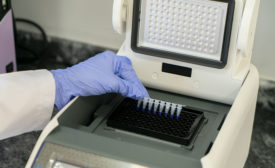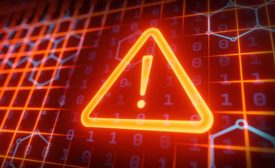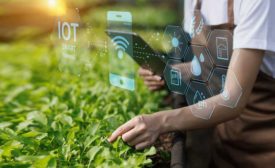Robert A. Norton Ph.D.
Robert Norton, Ph.D. is a Professor and National Security Liaison in the Office of the Vice President of Research and Economic Development at Auburn University. He specializes in national security matters and open-source intelligence, and coordinates research efforts related to food, agriculture, and veterinary defense.
ARTICLES
Increasingly, disease outbreaks are being considered using the lens of One Health
Read More
Malevolent AI: Navigating the Shadows of Technology Advancement in the Food Industry
AI's integration into the food industry has been largely beneficial, streamlining processes from production to distribution; however, this integration also opens doors for malevolent use
April 10, 2024
Beneficial AI: Safe, Secure, and Trustworthy Artificial Intelligence for Food Safety
AI can help ensure food safety by analyzing patterns and trends that might not be readily apparent to human analysts
February 13, 2024
A Future View of AI-Enhanced Biosurveillance and Comprehensive Food Safety Programs
A future-oriented perspective on comprehensive food safety programs that harness multi-layered sensor technology and artificial intelligence
December 12, 2023
Cybersecurity and Food Defense: Bridging Information Flow Between Business and Government
The most important role of a Food and Agriculture Information Sharing and Analysis Center (FA-ISAC) is to facilitate the flow of information between industry and government entities
October 9, 2023
Cyber Threats Impacting the Food and Agriculture Sector
While ransomware is the most common cyberattack vector for businesses, other cyber threats can be far more dangerous to the food supply system
August 8, 2023
What Exactly is "Information Sharing?"
Threat information should be disseminated as rapidly as possible, and is encouraged between businesses that may otherwise be restricted by anti-competitive laws or regulations
June 12, 2023
Cybersecurity and Food Defense: Establishing an ISAC for the Food and Agriculture Sector
With security threats on the rise, an Information Sharing and Analysis Center (ISAC) is needed for the food and agriculture sector
April 10, 2023
An Information Sharing and Analysis Center for the Food and Agriculture Sector
The food and agriculture sector is the only U.S. critical infrastructure without a threat Information Sharing and Analysis Center (ISAC)
February 6, 2023
Never miss the latest news and trends driving the food safety industry
eNewsletter | Website | eMagazine
JOIN TODAY!Copyright ©2024. All Rights Reserved BNP Media.
Design, CMS, Hosting & Web Development :: ePublishing









